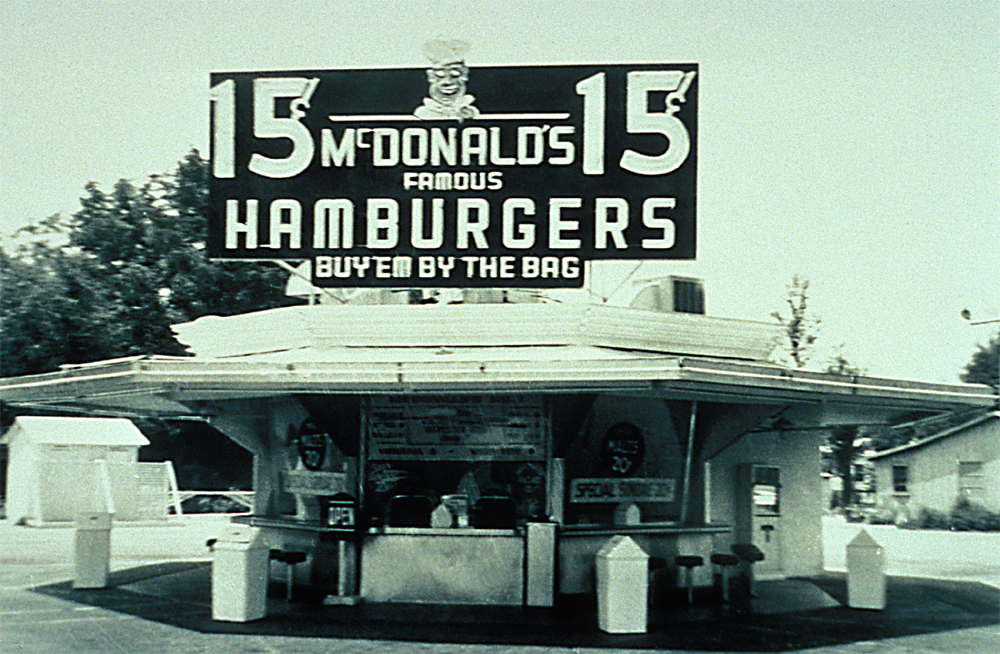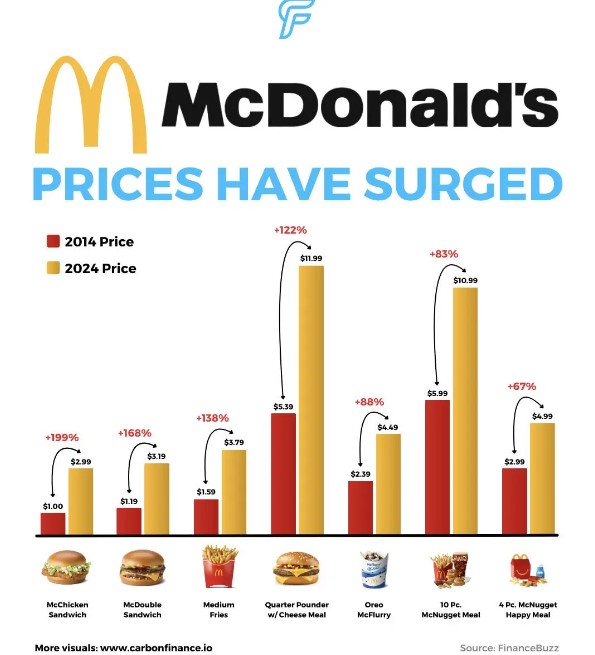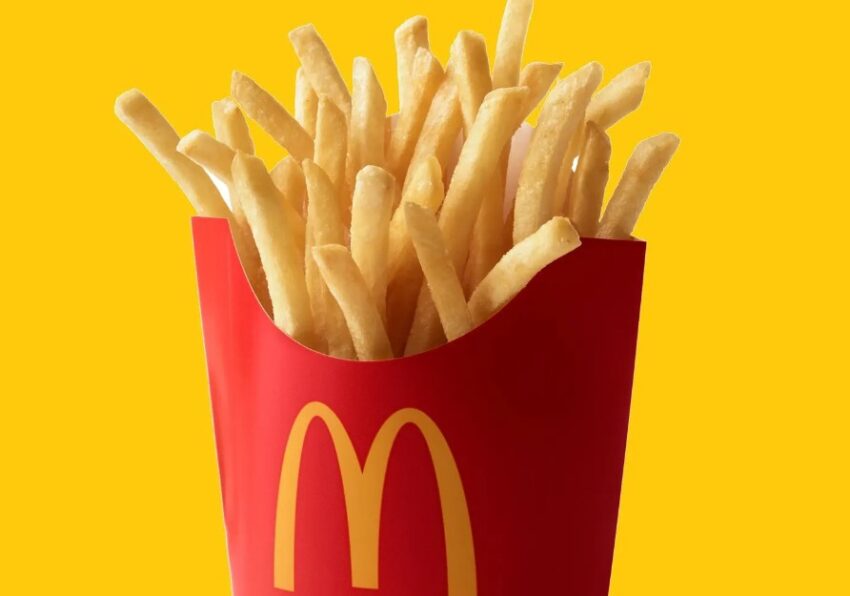If you haven’t heard of McDonald today in this era, you are probably living in a cave.
Founded in 1940, the chain business was once a hamburger stand, which later turned into a very successful franchise business.
At its core, McDonald Corporation today is one of the world’s largest fast-food chains, known for its burgers, fries, and various other menu items. The chain operates thousands of restaurants globally, serving a vast array of food and beverages to over 69 million customers daily in over 100 countries.
What many people doesn’t quite know or realise is that the corporation is also a substantial real estate player in the business, and has generated massive rental income as part of their revenue generating strategy in the last few decades.
As a franchise business operator, they would often lease the property together with the business operations to the franchisee, allowing them to earn money not only from the food and beverage sales but also from the rental income it gets from its extensive property leasing business.

A Reflection of Inflationary Trend Indicator
As one of the leading indicator for inflationary trend used across by many case studies globally, due to its significant presence globally, McDonald’s pricing strategy, driven by changes in raw material costs, labor expenses, and operational costs, provides a clear reflection of inflationary trends.
Given McDonald’s vast number of locations and consistent pricing strategy, changes in its prices can reflect broader economic conditions, making it a useful gauge for inflation.Prices of key ingredients such as beef, chicken, and potatoes are influenced by market conditions. Increases in these costs due to supply chain issues, weather events, or geopolitical factors can drive up menu prices.
McDonald’s frequently adjusts its menu prices in response to changes in input costs such as labor, raw materials, and rent. As these costs rise, menu prices are typically increased to maintain profitability.

When Will The Streak End?
Before its latest Q2 earnings which was announced earlier this week, McDonald’s was coming off an impressive 13 consecutive quarter streak of successive sales growth – despite the higher inflation over the past 1-2 years.
For its recent Q2 earnings which they announced earlier in the week however, they generated $6.49 billion of sales, which was flat from the same period comparable last year. This is also below the market consensus which was expecting to generate around $6.6 billion.

Across many segments, they reported falling and weakening metrics – including US Sales which slightly dropped 0.7% YoY, International Operated markets sales dropped 1.1% YoY, and International Licensed markets sales dropped by 1.3% YoY.
On its bottom line profitability, McDonald also reported lower operating income which fell by 6% YoY, and net income which fell by 11% YoY.
Despite the blip this quarter, McDonald is still looking to expand its operating presence by adding 1,600 net new restaurants in 2024, where it is expected to increase its sales incrementally by around 2%. The long term targets beyond that will be around 2.5% rate. This is based on a 4-5% gradual increase in net new restaurant growth, targeting 50,000 units globally by 2027.

The management also remains committed to its “Accelerating the Arches” Strategic Plan – which consists of these three key pillars:
(M)aximising Marketing:
- Driving Scale through Marketing
- Maximising Return on Investment
- Creating a more personalised approach to value – a good example of this is their very popular $5 meal
(C)ommit to the Core:
- Piloting a new larger burger equity
- Scaling McCrispy to nearly all the markets by end 2025
- Extending McCrispy into wraps and tenders, delivering an additional point of chicken share
- Deploying Best Burger to nearly all markets by end 2026
(D)ouble down on the 4Ds:
- Deploying Ready on Arrival technology across the top 6 markets by end 2025
- Reaching 250 million 90-day active loyalty members and $45 billion in annual loyalty Systemwide Sales by end 2027
- Generating 30% of delivery sales through integrated delivery by end 2027
- Surpassing 50,000 restaurants globally by end 2027
DCF Valuation
We did a DCF projection based on the outlook information which was given by the management.
We projected for an incremental 2% increase in FCF in 2024 followed by 3% and then 4% next year, and then a terminal growth of 5% thereafter. This is based on the assumption that they will hit their objective of 50,000 restaurant goals by 2027, and also operating margin expansion beyond 47% currently, which is one of their “Accelerating the Arches” strategy plan.
Their current P/E multiple stands at between 21-23x while Price to FCF is at 10.4x. We will use the average of 25x for the purpose of this exercise.
We came up to an intrinsic value for McDonald to about $212, which is below the current market price of $276. Unless we see discretionary spending particularly in the US rebounding stronger, there will be risk in the trade-off.

Follow me, if you have not, on my social media channel here!


